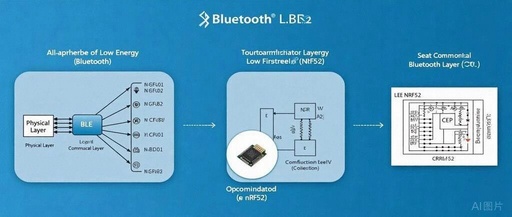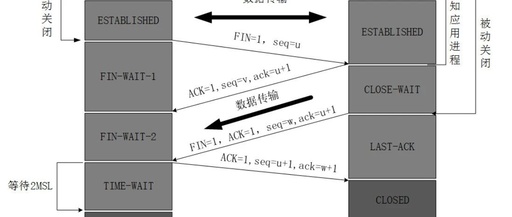An Overview of Common Zigbee Terminology
An Overview of Common Zigbee Terminology When studying the Zigbee protocol stack, one often encounters terms such as application, Zigbee Device Object (ZDO), node, device, endpoint, cluster, attribute, binding, addressing, and other Zigbee terminology. This article will clarify what these Zigbee terms represent, how they are defined, how they are distinguished, how they are categorized, … Read more








